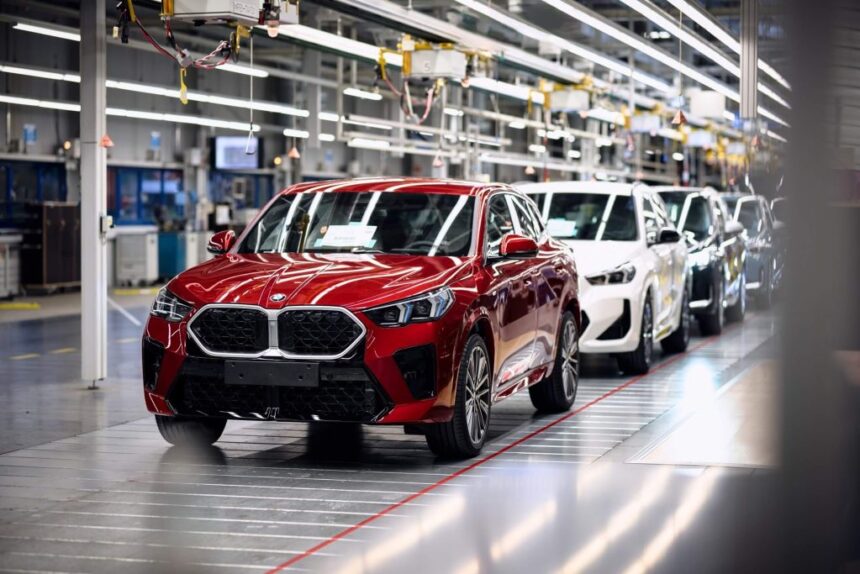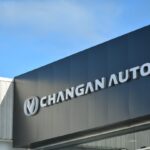The automotive industry is on the brink of a major transformation, with strategic partnerships, electrification, and the establishment of new production hubs set to reshape the global landscape. As we look towards 2025, key events in 2024 have paved the way for significant developments in the industry.
A recent analysis by Frost & Sullivan highlights the growing collaboration between automakers, technology firms, and suppliers to drive advancements in autonomous driving, connectivity, and electrification. This trend is expected to drive industry growth in the coming years, as automakers seek to innovate and adapt to changing market conditions.
One of the most significant shifts in the industry is the entry of Chinese OEMs into established markets like North America and Europe. This move is expected to intensify competition and push legacy automakers to accelerate innovation, reduce costs, and improve adaptability. By 2030, we can expect to see a wave of new brands entering the market, leveraging expertise from the electronics and software sectors to develop connected and autonomous vehicles.
The recent Russo-Ukrainian war has also had a profound impact on the European automotive landscape, leading to supply chain disruptions, increased production costs, and a rise in Chinese EV imports into Russia. Chinese automakers, on the other hand, are facing challenges in maintaining profitability in Western markets due to regulatory scrutiny and competitive pressures.
In terms of EV production and battery innovations, China is expected to maintain its dominance over the next five to seven years. The country’s control over critical raw materials and advanced battery manufacturing will continue to drive growth in the EV sector. There is also a growing focus on solid-state batteries and efficiency improvements, aimed at reducing costs, increasing energy density, and expanding global production capacity.
Looking ahead, the automotive industry is set to witness the rise of new production hubs and future manufacturing trends. Automakers are diversifying production by establishing new manufacturing hubs to mitigate geopolitical risks, reduce logistics costs, and comply with evolving trade regulations. The scaling of battery production to meet the growing demand for EVs will also play a crucial role in supporting EV adoption and ensuring sustainable mobility solutions.
In conclusion, as the automotive industry navigates regulatory shifts, supply chain constraints, and increasing competition, innovation and strategic investments will be crucial for long-term success. Companies that embrace digital transformation, adopt emerging technologies, and form strong partnerships will be best positioned to thrive in the evolving automotive landscape.





